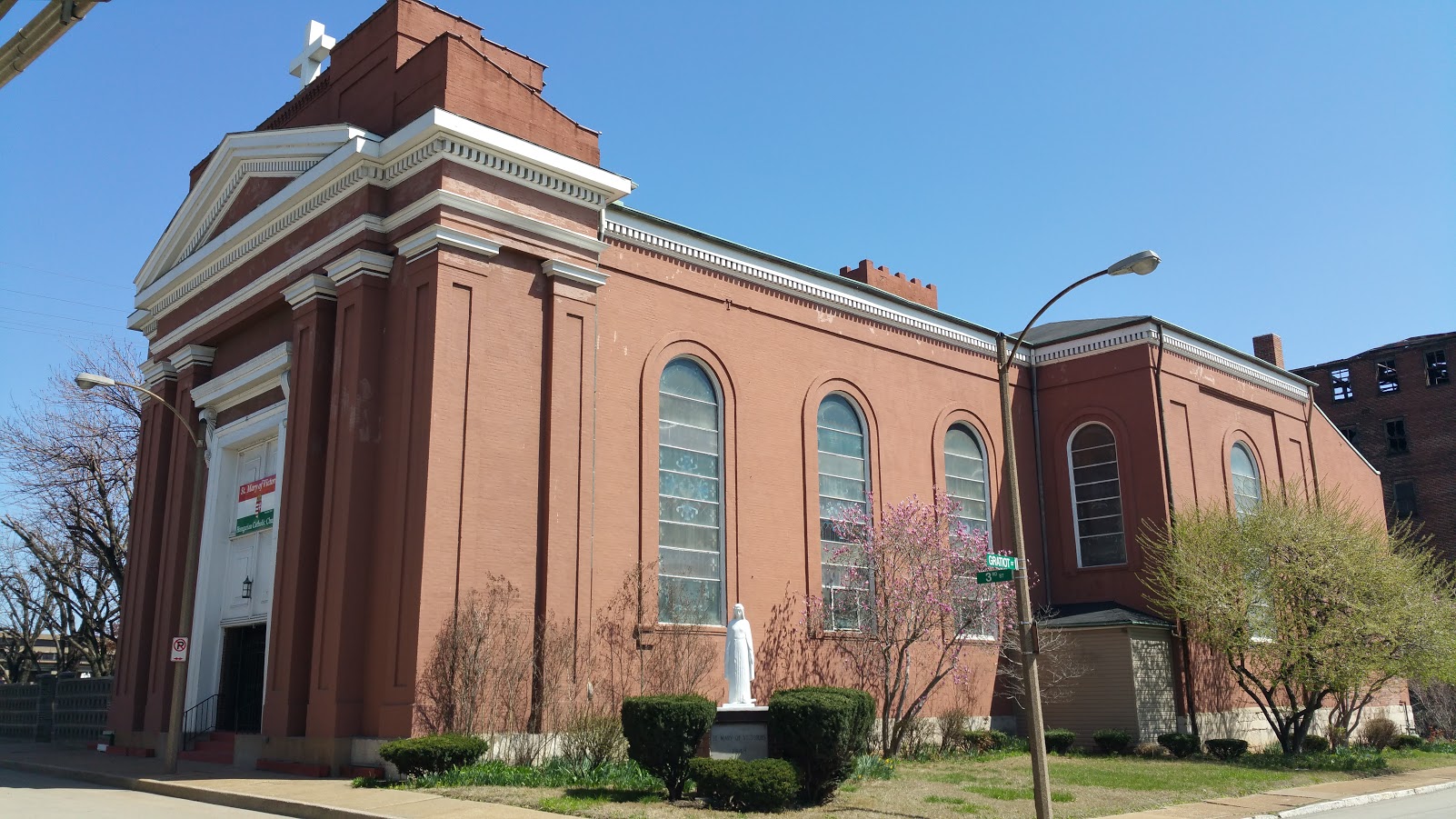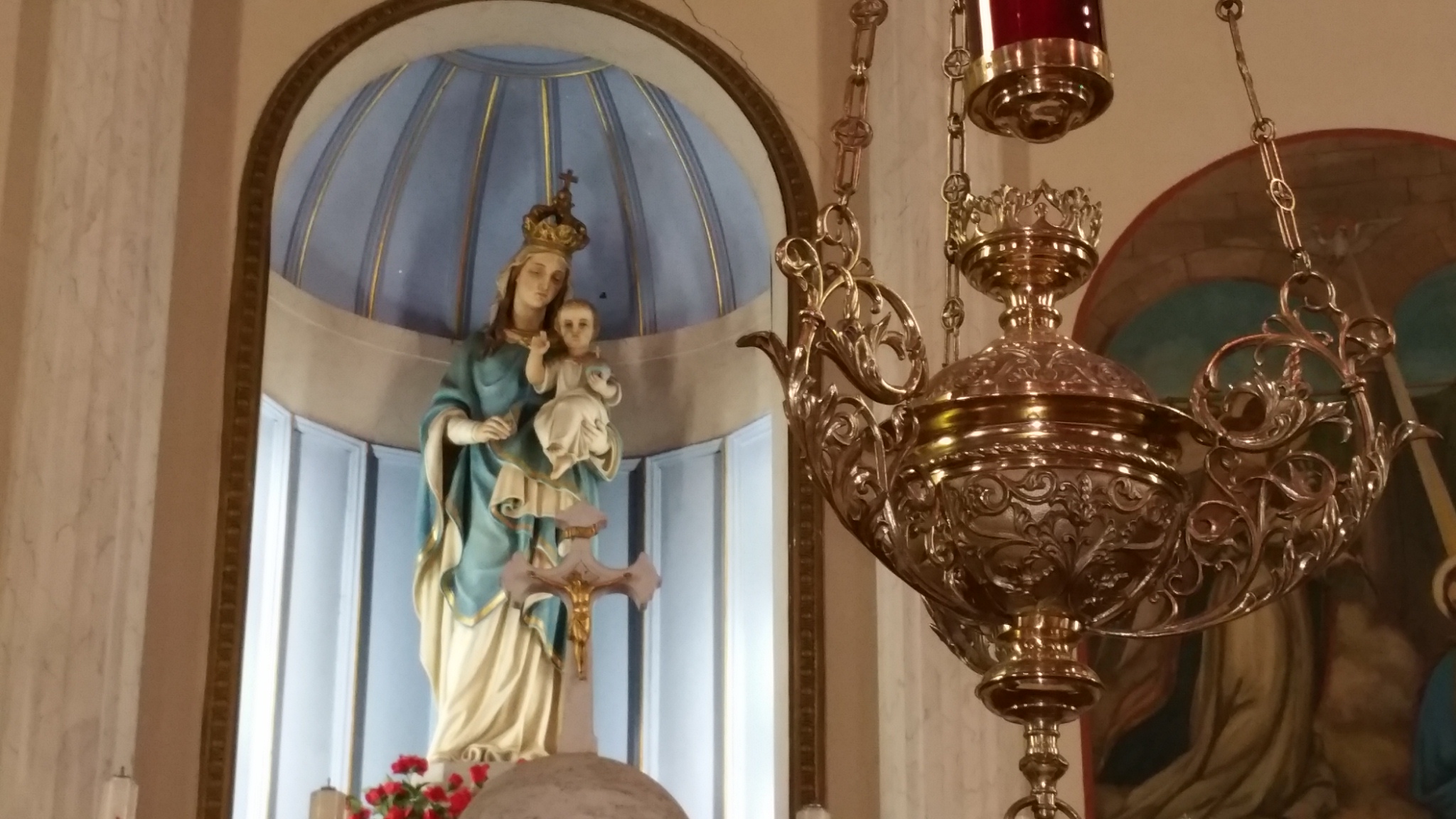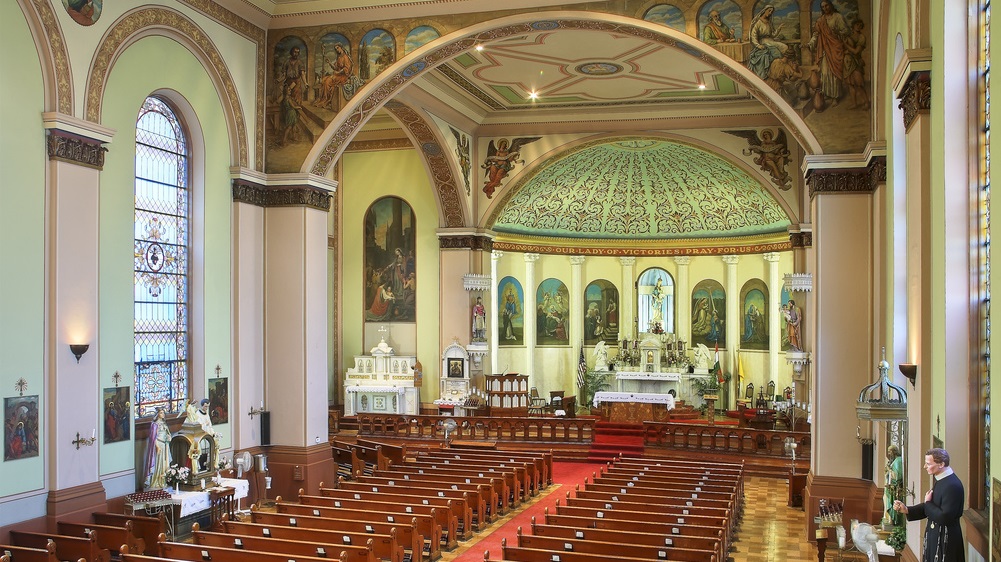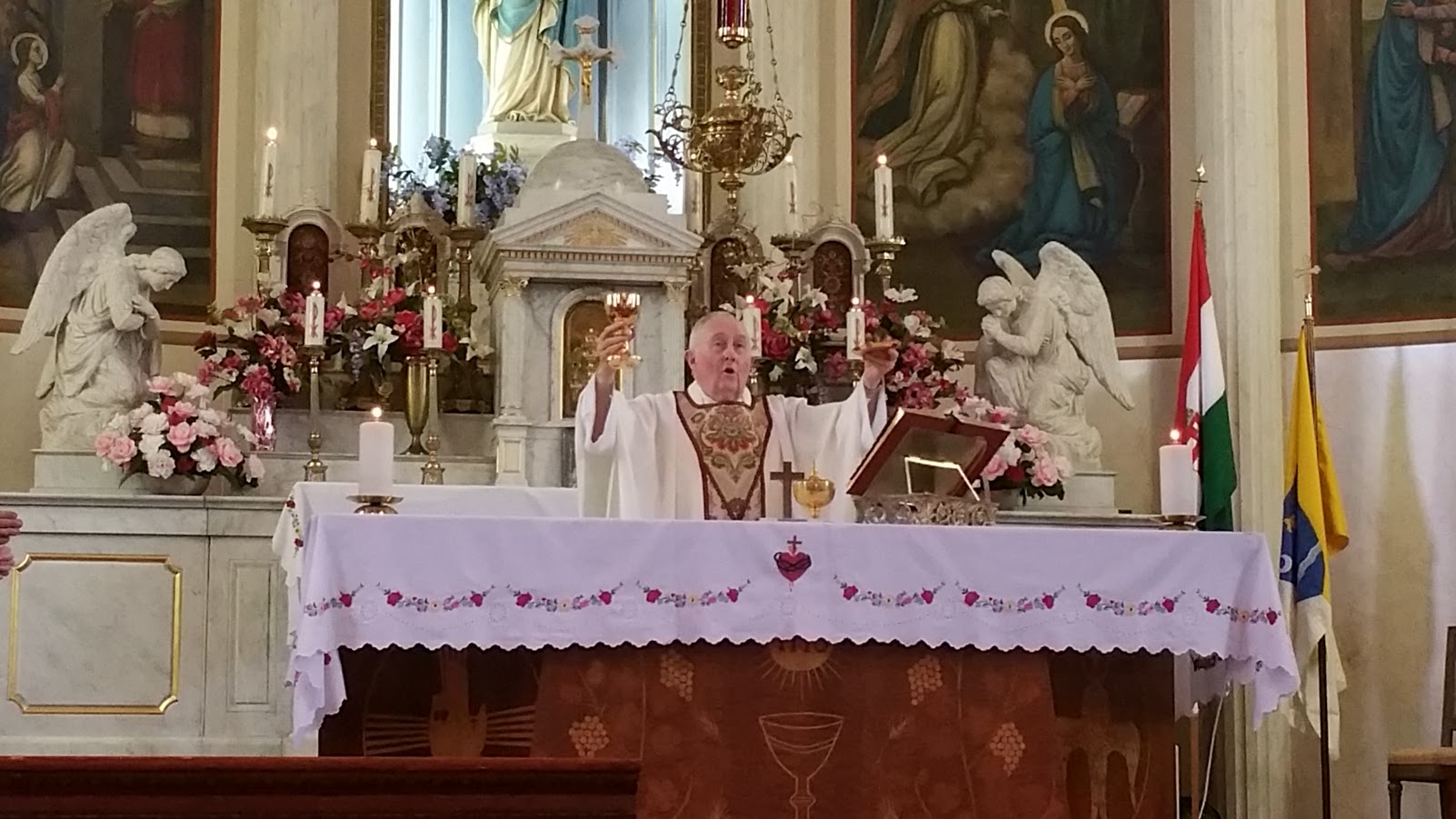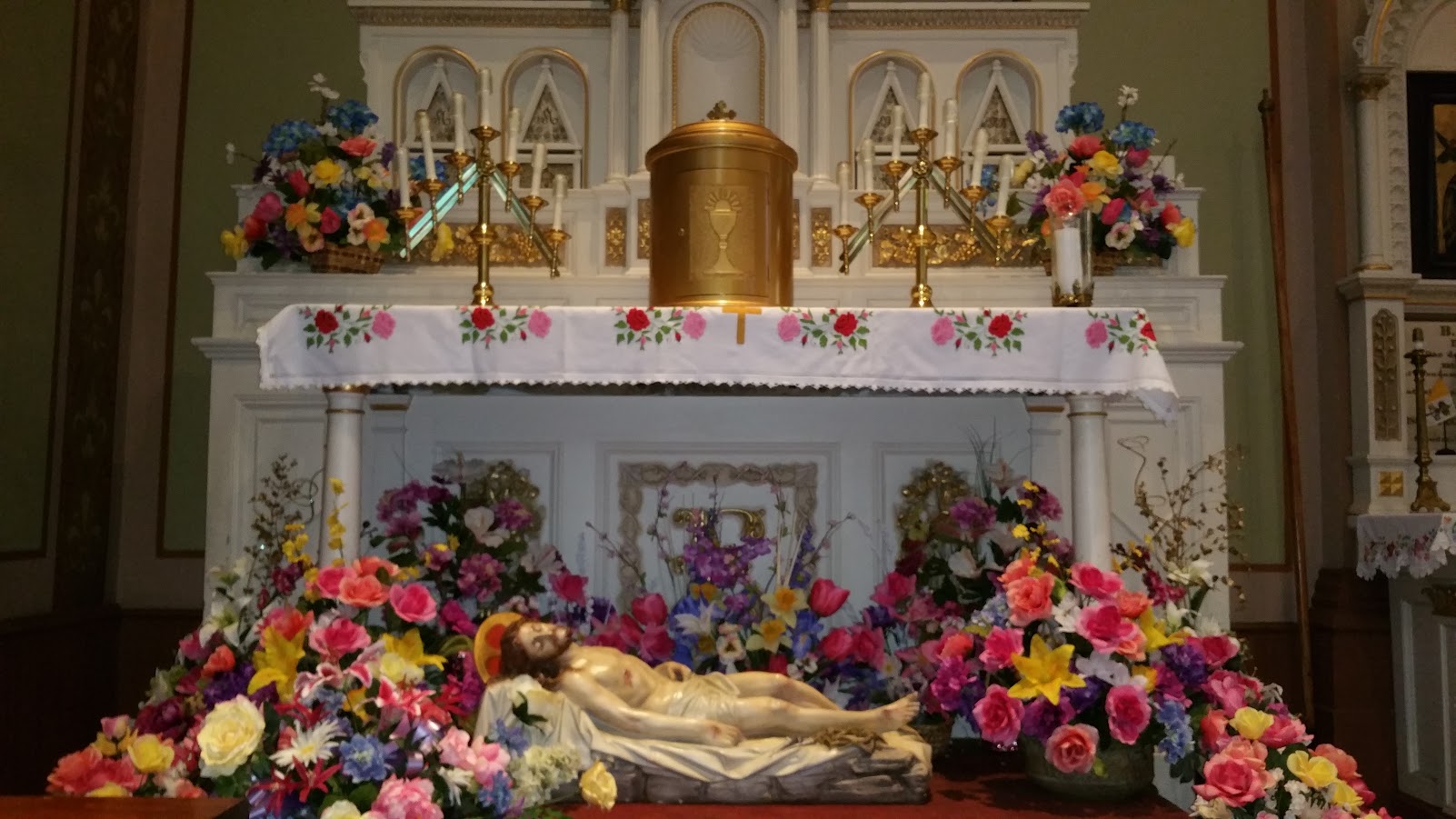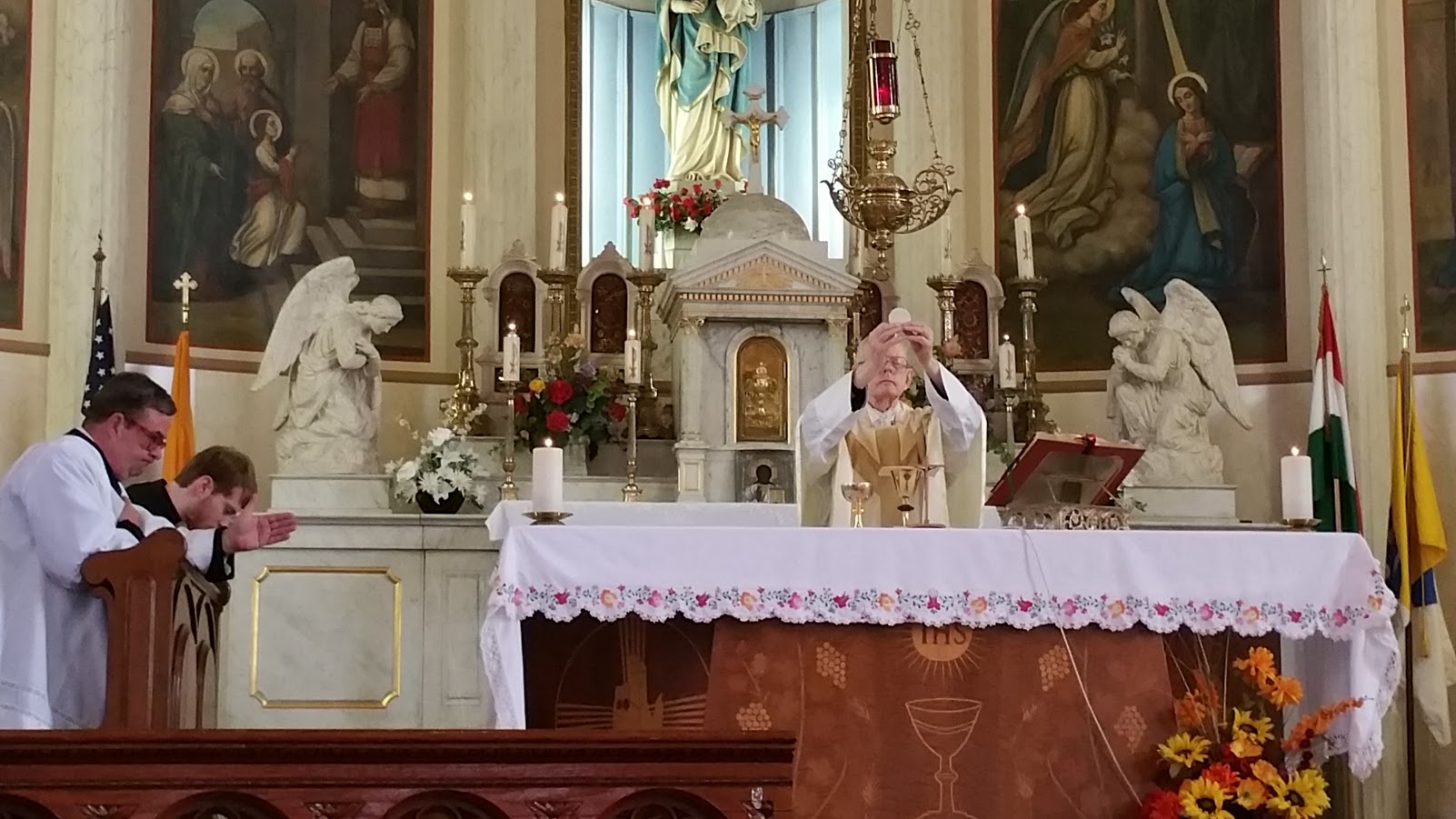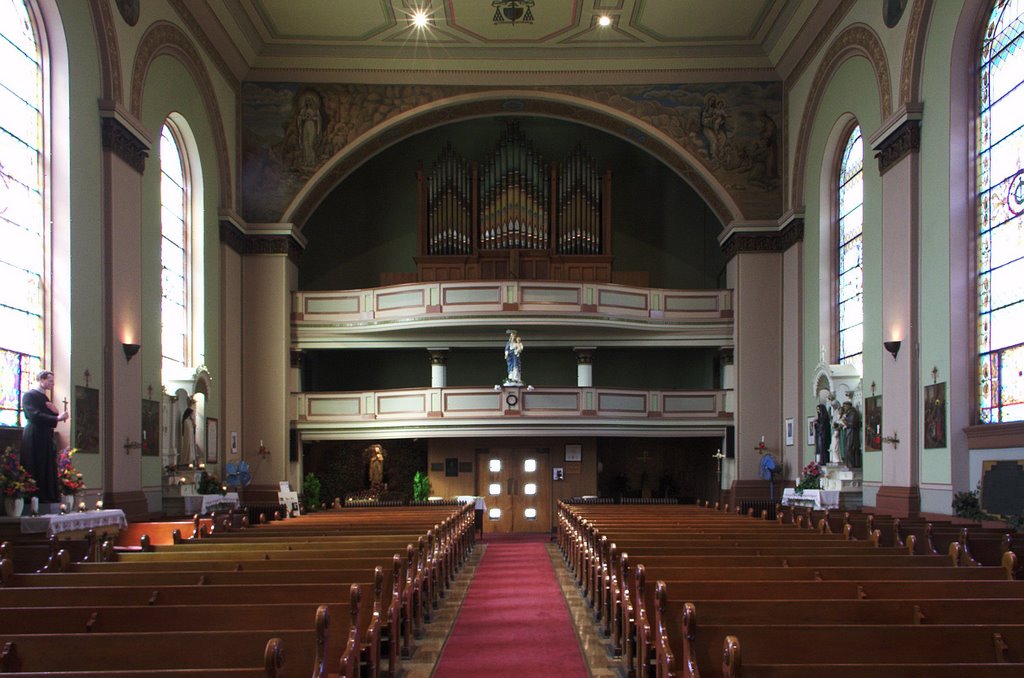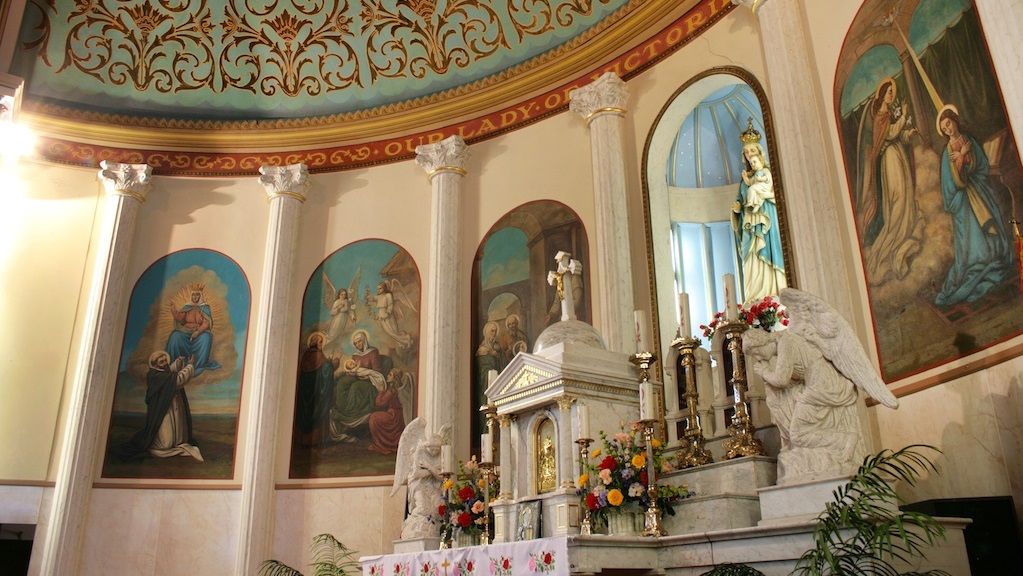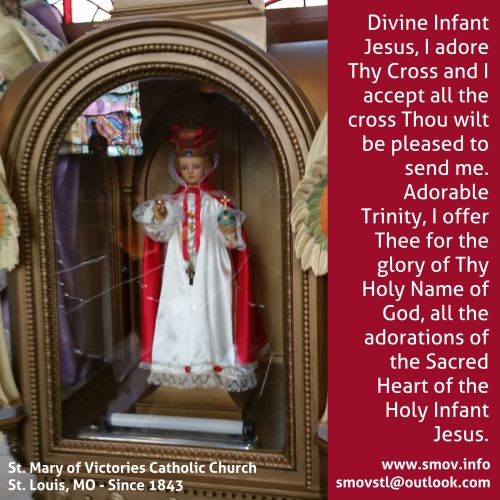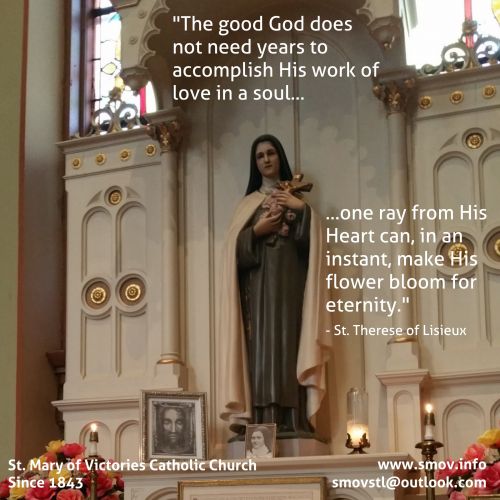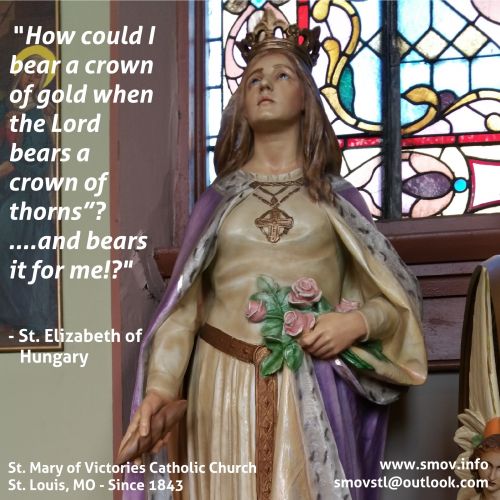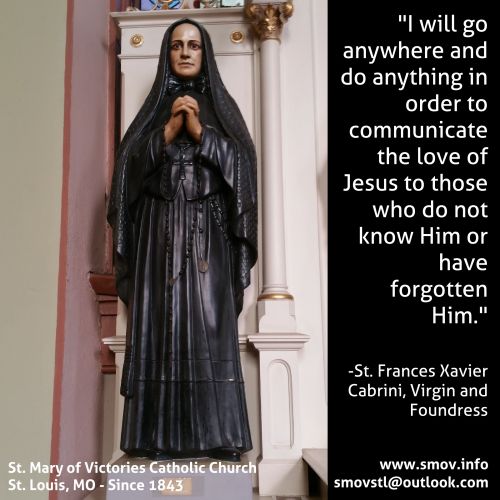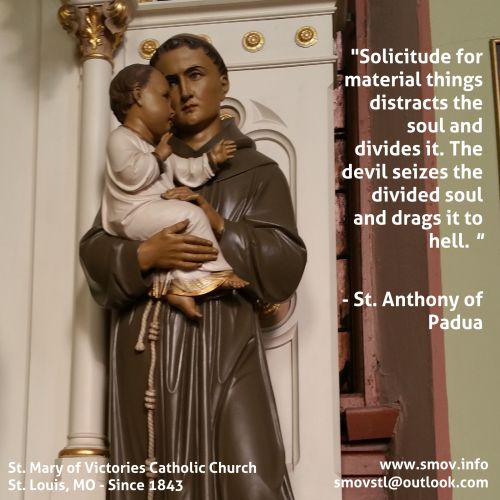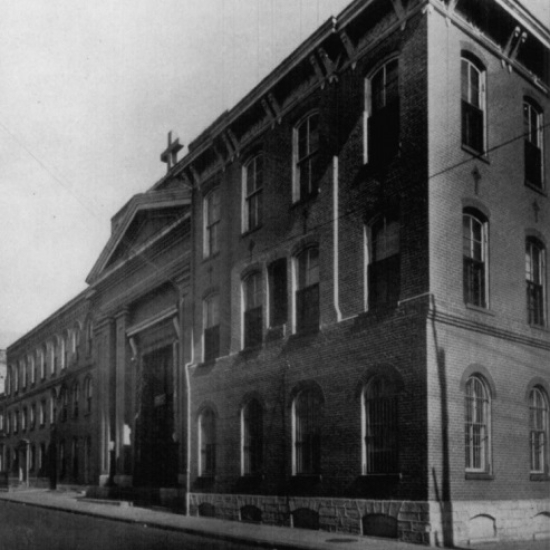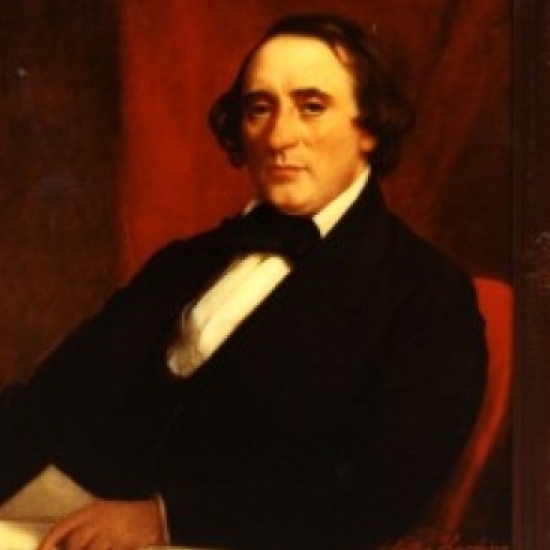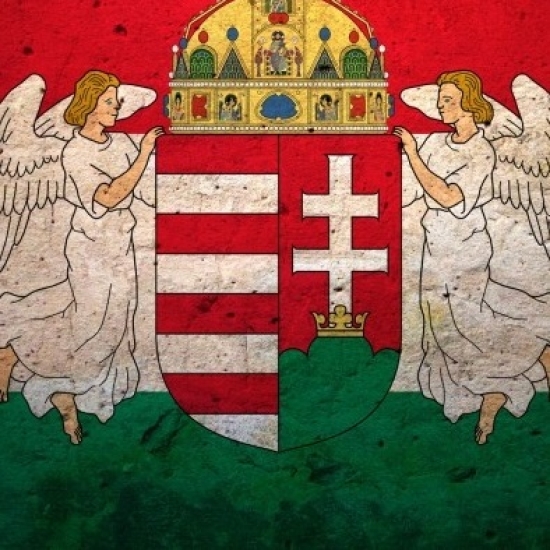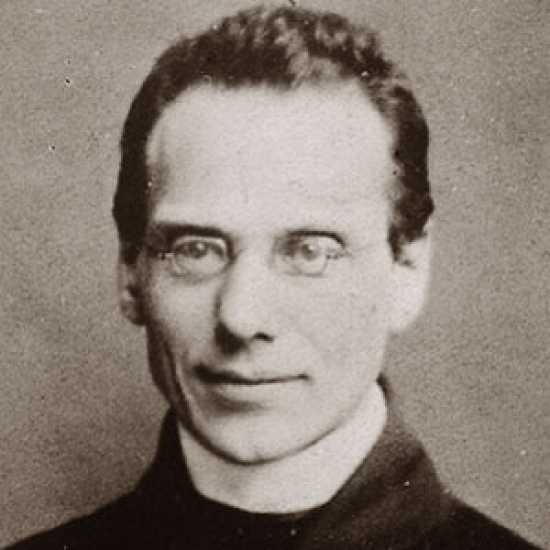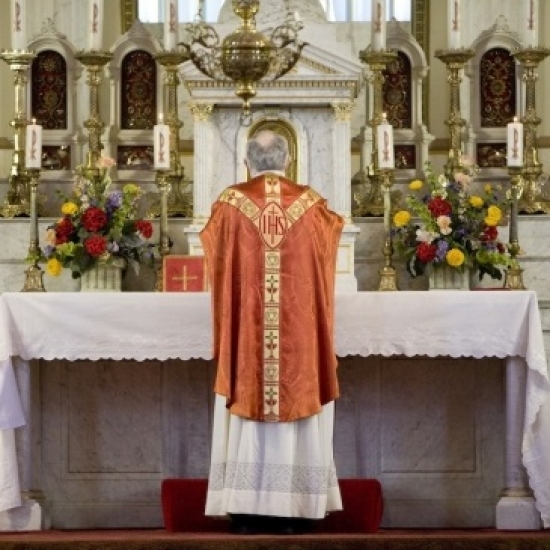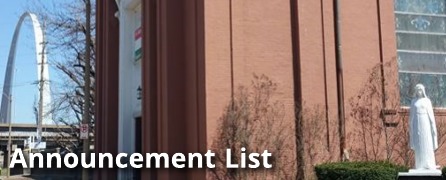20 August 2017, 20th Sunday in Ordinary Time (Year A)
Introit: Protector noster
Offertory: Lead kindly Light, p. 298.
Communion (Year A): Domus mea
Recessional: Love divine all loves excelling, p. 276.
Mass XI, PBC p. 58. Credo III, PBC p. 77
The phrasing in the Introit antiphon is clear:
1. (a) Protector noster aspice Deus (b) et respice in faciem Christi tui
2. (a) quia melior est dies una in atriis tuis (b) super milia.
The first phrase has a middle cadence on the finale and a final cadence on the dominant after an emphatic b. It is dominated by the petitions aspice and respice. Aspice is not an outcry, as it is in the Introit for Palm Sunday; nevertheless the fourth and the accented c make it quite insistent. Without God the weakness of man is indeed wont to fall. Assistance from above is absolutely necessary if we would folllow the dictates of the spirit always and in all things. Hence this aspice and respice. But Christi tui receives still greater stress. When we have congregated in the house of God (atriis tuis), we may pray to Him: We are Your anointed, Your Christ; we belong to the mystic body of Christ, having become conformable to the image of Christ through sanctifying grace. Hence we may expect Your special protection. The love which You bear to Your Son Christ overflows upon Your children, the Christ-ians, Your anointed ones.
In singing this piece be careful not to slight the low d over (Pro)-te-(ctor). It is the beginning of a crescendo that must increase till it reaches c. Perhaps this d e f g a served as a model for the f g a c d c over (faci)-em Christi; it is heard again over super mil-(lia). The beginning of the second phrase on b♭ tends to make the closing melisma of the preceding tui mellow and tender. For here we are speaking of the consolation that our soul so eagerly receives in church, in the house of God. Here we ever become more conformable to the image of Christ; here our soul finds its true home in the heart of God. Were it to taste all the joy of the world for a thousand days or a thousand years, it would still be homesick and would long for its true happiness—union with God. The b♭ over quia and over the similar melior is influenced by the following f, just as later c over una calls for b. Una is emphasized, but millia has the richest melisma of the entire composition. But the treasures of grace which are available in God's holy place deepen our yearning for that great day which shall know no evening, for the contemplation of Christ (in faciem Christi).
(Year A) The Communion antiphon has two phrases.
1. Domus mea, domus orationis vocabitur, dicit Dominus
2. in ea omnis qui petit, accipit: et qui quaerit, invenit; et pulsanti, aperietur.
This house is a house of prayer. The first two members of this Communion would, as it were, write these words in large letters over the entrance of the church; hence the many large intervals. The accented second domus sets in with a fourth; the fifth c-f, and the fourths c-g and b♭ -f occur at varying intervals. The third member with its sequence-like passages is then a quiet thesis after the great arsis. Its closing cadence was heard a pitch higher over mea. This unusual inception for a piece of the fifth mode demands clever manipulation on the part of the organist.
The second phrase has only seconds and thirds; its last member has the sole fourth. Throughout a preference is shown for the ascending and descending major chord f-a-c: qui petit, (quae)-rit, inve-(nit), (a)-perie-(tur). Omnis—every one—rightly receives a special accent. In the rendition a slight pause might separate the petition from its fulfillment, thus: qui petit—accipit, etc. The second phrase, therefore, explains why the church is a house of, prayer; it is there, namely, that our prayers are heard. Would that all the churches of the Catholic world might relate how much consolation they have dispensed, how many tears they have dried! Today the words of this Communion have again been realized in holy Mass. The heavenly Father did not give us stones when we prayed for our daily bread. We sought mercy and peace and found them. We knocked, and the gates of heaven opened and rained manna. Indeed, in the ultimate analysis we were not the ones who asked and sought and knocked; Christ is our intercessor; He it is who prays for us continually.
This Communion song is at the same time a song of invitation, calling us to return soon and often to this place of intercession, so that we also may share in its blessings. The dedication of the church! Our soul also celebrates the feast of its dedication which took place at Baptism; this is the secondary thought that permeates the prayers of the rite of consecration. Just as in the dedication of the church, so at Baptism the priest commanded the evil spirit to depart from us; and after the saving waters had been poured upon our heads, the Holy Ghost with the Father and the Son made our souls their sanctuaries. And the holy oil and chrism with which we, as also the church, were anointed, was the pledge of our participation in the riches of God's infinite grace. We can, therefore, predicate of our soul the words: This is the house of God. If we make these truths a part of our everyday life, then our prayers and song will resound with a pure, full ring in the house of the Lord!
